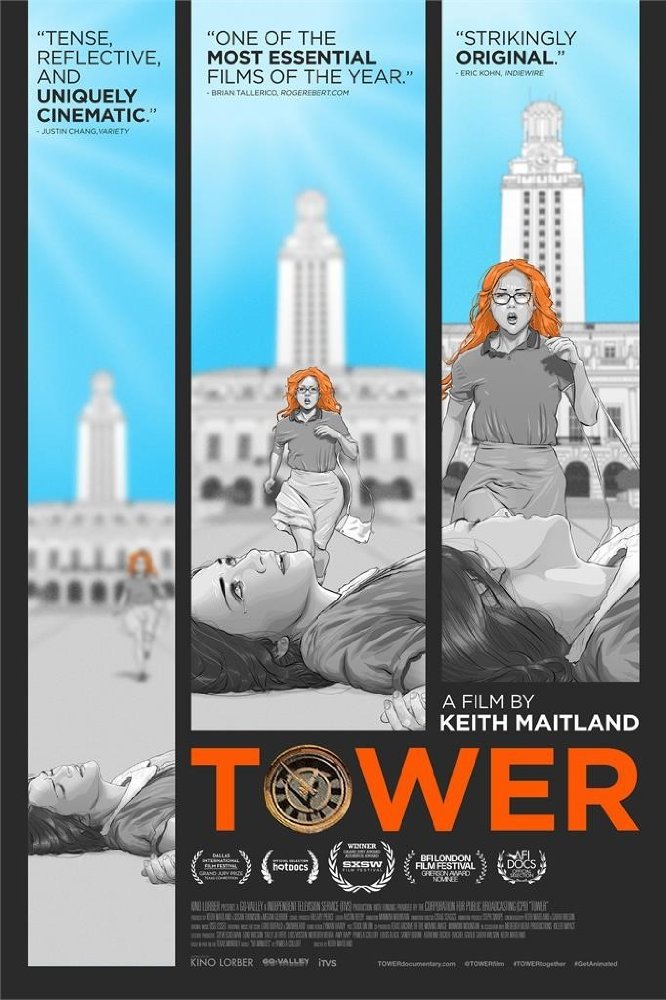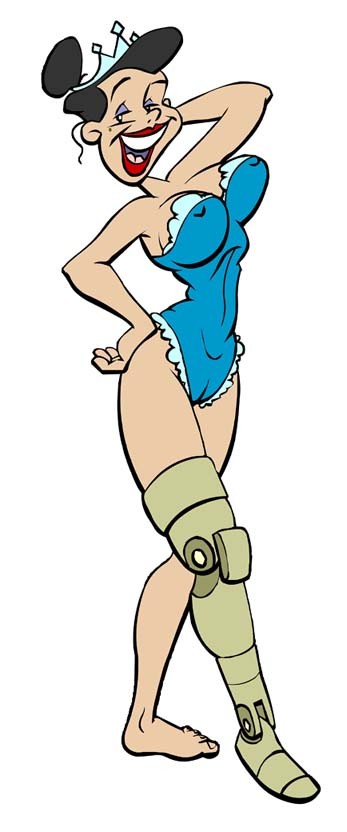
A while back, I had the opportunity to talk with director Keith Maitland about his documentary TOWER. The powerful film chronicles the day of the infamous shooting spree by Charles Whitman from the top of the University of Texas tower. Though the film focuses more on the stories of bravery that transpired from the first mass shooting on a college campus in the United States, there is definitely much food for thought regarding the number of instances history has tragically repeated itself in the past two decades. Aside from social commentary, the doc employs beautiful rotoscoped animation that hauntingly illustrates personal accounts from that fateful day, creating a powerful and visually captivating film. I hope you enjoy my chat with the director.
Rebecca Elliott: Can you talk about the decision to use animation to literally illustrate the stories in the film?There was a Texas Monthly article that I read in 2006 that was an oral history of the event, and it really opened my eyes to the story as to how the shooting unfolded. I grew up knowing about the shooting. I went to the University of Texas, and I was always curious about it. But it wasn't until I read this article that I read the perspectives of the people who were there on the ground. At the time I was making a documentary about blind teenagers, and we were using this kind of animation to explore questions of perception, and nd I was enjoying it. As a documentary film maker it's always exciting to be able to kind of do something more manipulable. So I was enjoying the process, and when I read the article- honestly, there are visual moments in the film that were in my head as I read the article. The more I thought about it the more I realized that, this is important subject matter and most important to- in my eyes- high school and college students today. I could make a documentary that interviews a bunch of 70 year olds about what they experienced when they were 20, and that would be enlightening and would communicate a lot to other 70 year olds, 50 year olds, maybe 30 year olds who like documentaries. But I really wanted to talk to the teenagers and young adults who live under the threat of this violence everyday. I really wanted them to see themselves on the screen. So, it was really fast decision making, but I knew that if we did a good job of casting young people and recreating the event in a really visceral and visual way, then young people would insert themselves into the story and see themselves reflected in that. I also knew that the real people who went through it deserved to be honored in more than just a fictitious-seeming approach. So, the transition from 1966 animation to current day was really important to me. It offered some opportunities that I hadn't had a chance to play with as a film maker. As I looked closer, I found that there were 15 minutes of really great archival footage that existed, and it was all black and white. The way it was shot, for the most part, it's shot on long lenses by cameramen who were smart enough to be in positions of safety, but looking at what was out there. We have these really great wide shots and long shot, so I thought as the director what I need to do is to fill in the blank spots with close ups. If I make a black and white palate, I think that we can seamlessly inter cut the transition.


aka Annette Kellerman

